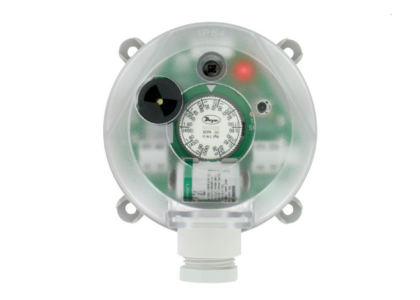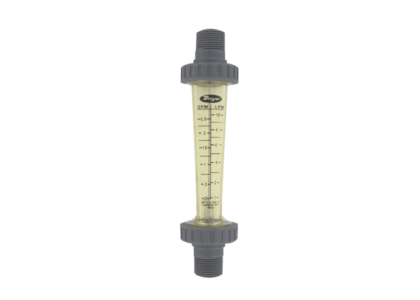Natural disasters can strike without warning, leaving businesses scrambling to respond. For companies reliant on complex supply chains, the impact can be devastating. Understanding common mistakes to avoid during these crises can help organizations maintain operations and protect their reputations. Here are four critical mistakes to avoid in your supply chain during natural disasters.


1. Neglecting to Develop a Comprehensive Disaster Plan
One of the companies’ biggest pitfalls is failing to create a detailed disaster response plan. This plan should outline specific actions to take during a natural disaster, including communication strategies, resource allocation, and recovery protocols.
Example: In 2011, the Tohoku earthquake and tsunami in Japan caused widespread disruption to global supply chains, particularly in the automotive and electronics industries. Companies like Toyota and Nissan faced significant production halts because they had not adequately prepared for such a catastrophic event. Had they established a robust disaster plan, they could have mitigated some of the disruptions by quickly shifting production to unaffected facilities or sourcing materials from alternative suppliers.
2. Underestimating the Importance of Supplier Relationships
Another critical mistake is overlooking the importance of strong relationships with suppliers. During a natural disaster, communication becomes vital. Businesses should ensure that their suppliers have their own disaster preparedness plans and understand how to maintain operations under duress.
Example: After the Thailand floods in 2011, Western Digital, a major hard drive manufacturer, faced severe production delays because they relied heavily on a limited number of suppliers. The floods disrupted their operations for an entire year, leading to significant losses in the computer manufacturing sector. Companies that had diversified their supplier base and maintained open lines of communication were better positioned to recover quickly.
3. Failing to Monitor Risks and Adapt
Natural disasters are unpredictable, and the risks they pose can change rapidly. Companies that do not regularly assess their supply chain vulnerabilities may find themselves unprepared when disaster strikes. It is essential to have a system in place for real-time monitoring of potential threats, such as weather alerts or geopolitical instability.
Example: In 2020, the COVID-19 pandemic highlighted the vulnerabilities in global supply chains. Many companies faced shortages because they had not anticipated the widespread impact of a health crisis. Those who had previously conducted risk assessments and developed contingency plans were able to pivot more effectively, sourcing materials from alternate suppliers or adjusting production schedules to meet changing demands.
4. Ignoring the Importance of Transparency
During a crisis, uncertainty can lead to chaos. Companies that fail to communicate transparently with their stakeholders—employees, suppliers, and customers—risk damaging their reputation and operational efficiency. Clear communication about the status of operations, expected delays, and recovery efforts is crucial.
Example: After Hurricane Katrina in 2005, many businesses struggled with communication, leading to confusion about product availability and delivery timelines. Companies that proactively communicated their challenges and recovery plans were able to maintain customer trust and loyalty, while those that remained silent faced backlash and reputational damage.




